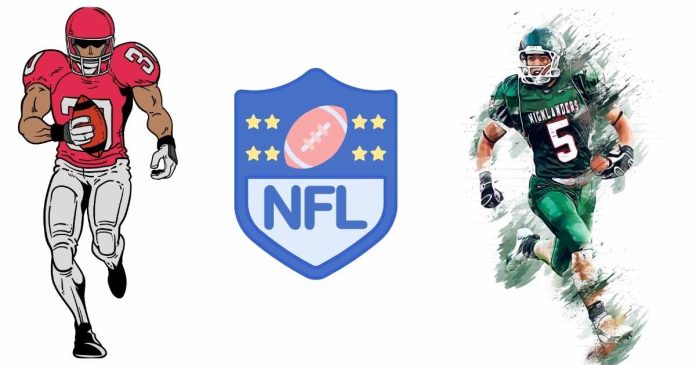In football, the terms fullback, halfback, and running back can get confusing, but they describe specific roles in the offense. Let’s break them down:
Running Back (RB): The Umbrella Term
- A running back is a general term for players whose primary job is to run with the ball.
- Both fullbacks and halfbacks are running backs, but their roles differ based on positioning and responsibilities.
Halfback (HB): The Speedster and Playmaker
- The halfback is typically the primary ball carrier in the offense.
- Known for speed and agility, the halfback is responsible for running the ball, catching passes, and occasionally blocking.
- Famous halfbacks like Barry Sanders and Walter Payton are celebrated for their ability to break tackles and make big plays.
Fullback (FB): The Power and Protector
- The fullback is usually larger and more physical than the halfback.
- Positioned closer to the quarterback and ahead of the halfback, the fullback serves as a lead blocker, paving the way for the halfback.
- Fullbacks also carry the ball in short-yardage situations and occasionally catch passes. Think of them as the bruisers who do the dirty work.
Key Differences
- Role: Halfbacks focus on speed and versatility, while fullbacks focus on power and blocking.
- Positioning: Halfbacks line up deeper in the backfield, while fullbacks are closer to the quarterback.
- Usage: Halfbacks get most of the carries, while fullbacks support the offense through blocking and situational plays.


